Welcome to the Tallinn show: Meet the inspiring drag queens of Estonia
A burgeoning drag scene is taking centre stage in the Estonian capital, thanks to an influx of foreigners and Estonians returning from Western Europe and bringing its culture with them
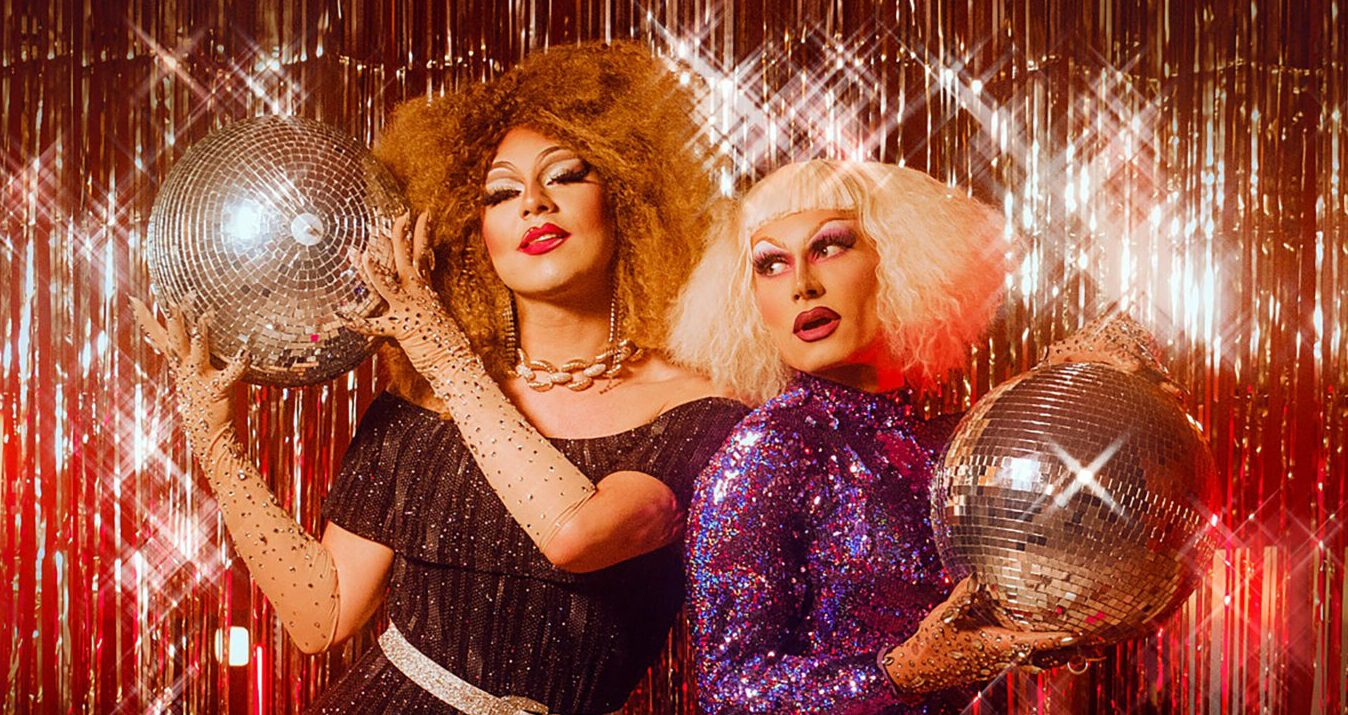
In belted lemon bodysuits and blonde wigs, Nordika the Queen and The Vilita lip-synch and high-kick their way across a stage as Lady Gaga and Ariana Grande’s ‘Rain on Me’ blasts in the background. This video clip from 2020’s Tallinn Pride party marks the Estonia-based drag duo’s first performance. Since then, they’ve collectively totted up around 3,500 Instagram followers and are navigating a diary full of paid events as a burgeoning drag scene takes off in the Estonian capital.
In some parts of the world, drag has been a cultural staple for centuries, beginning in theatres before becoming commonplace in pubs, bars and, lately, on almost every TV channel or streaming service. “We tend to think it is a recent phenomenon that must have originated in the past 30 years, but it’s been going for a long time,” says Dr Mark Edward, reader in creative arts at Lancashire’s Edge Hill University and a drag performer since 1988.
Although drag had a moment in Estonia in the 90s, it quickly subsided, explains 30-year-old drag queen Nordika from her home in Tallinn.
Back then, there had been underground parties and drag artists that were quite active, but they suddenly stopped, says Vilita. The 2010 closure of Club Angel, one of Tallinn’s only gay-friendly venues, which hosted occasional drag performances, could have been a contributing factor, she believes. “After its closure the LGBTQ+ community lost a gathering space,” she says.
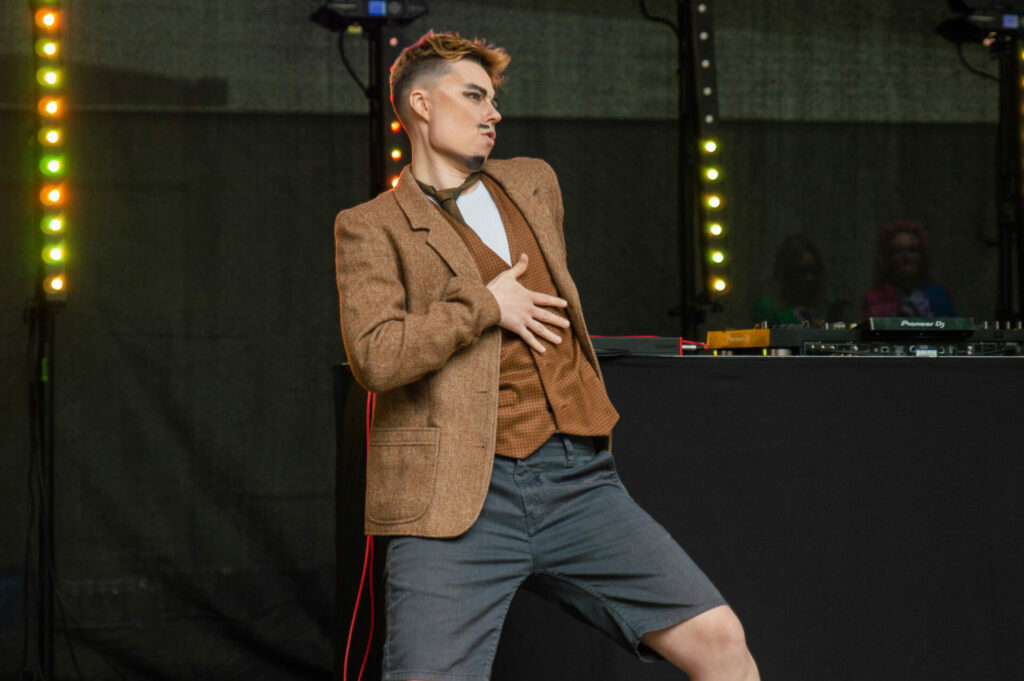
The lack of a drag scene in Estonia prior to this period meant that when Nordika and Vilita first began experimenting during their university days in the Eastern Estonian city Tartu a decade ago, they didn’t recognise their “creative outlet” as drag. “We didn’t have any wigs, we just put bed sheets on our heads and imaginary heels,” Vilita recalls.
Back then, drag wasn’t what it is today, explains Madis Räästas, an Estonian drag queen and 41-year-old event manager. “There was no drag artist with their own personality… You picked an artist and you did that,” he said, citing Britney Spears, Madonna and Liza Minnelli as common personas adopted by performers.
What’s more, says Nordika, the prevalence of hate crimes against LGBTQ+ people in Estonia meant it wasn’t as safe at that time to be an open member of the community.
The result was that, until recently, drag in Estonia had existed as a subdued, if not silent, art form, explains Nordika. But the combined effects of a pandemic, pop culture, a booming startup scene and the global popularity of a certain TV show have created the perfect breeding ground for a new drag scene.
Estonia’s status as the birthplace of tech innovators Skype, Wise, and Bolt has brought a lot of foreigners — with broader minds and fresh influences — to Tallinn within the past five years, Nordika tells me. As of November 2022, the number of startups has tripled in the past five years, with Estonia seeing more spring up per capita than any other European country. And in 2021, more than 12,000 people moved to the Eastern European country. In the same year, 10,956 people worked for startups there.
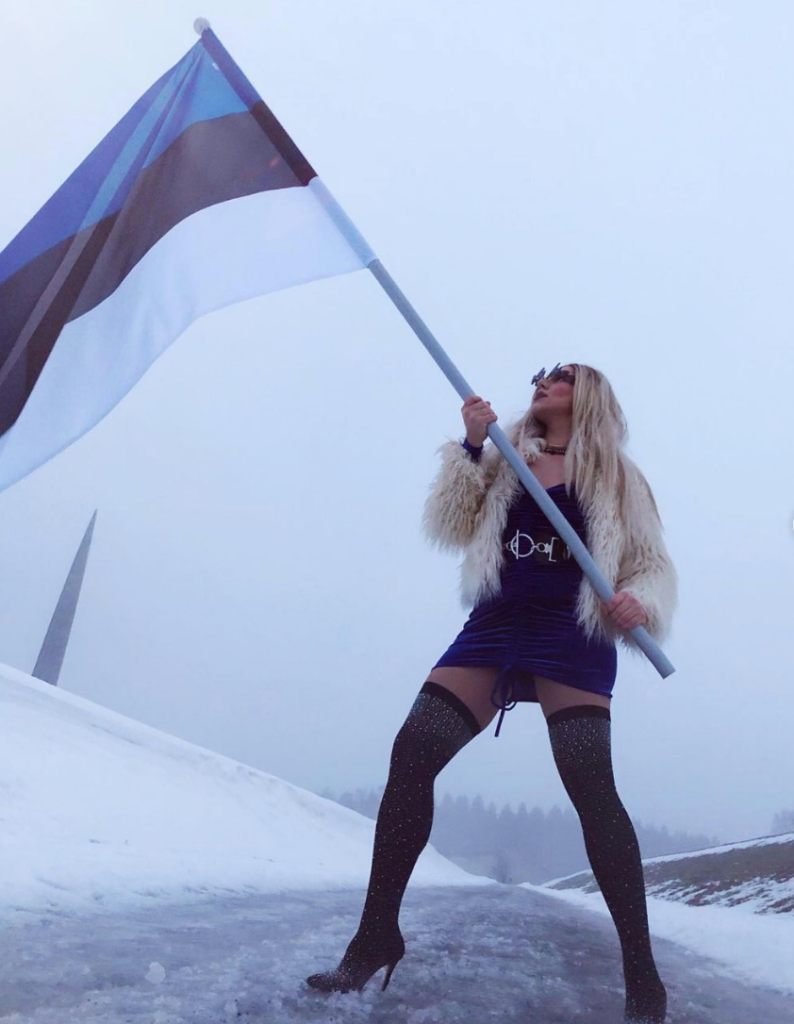
“This has definitely helped to get local people [to become] more open to other cultures and views,” says Nordika, adding that a lot of the newcomers also have an appetite for drag entertainment.
Then there are the Estonians like Nordika and Vilita — the pair are using their drag names for the purposes of this interview — who have studied or worked in Western Europe and then returned to their home country during the pandemic. “Drag is all over the place [in Western Europe] and they’ve seen it, been to bars and shows, and come back here and are much more open-minded and go to work for start-ups usually as well,” says Vilita.
The phenomenon that is RuPaul’s Drag Race has also played a part, believes Vilita, adding that since the show took off, going to see a drag show has become a social thing to do after work.
The Drag Race effect
Rene Köster, a local event organiser, expands more on the Drag Race effect. He began performing as Chloe Lagucci after experiencing the drag scene while living in London. “I dipped my toes in at Dalston Superstore [the London-based multipurpose queer venue], after that I got into it,” he says.
Once Köster returned to Tallinn, he continued performing and launched one of the city’s first queer events, known as BÄM!, “a bi-monthly, gay-friendly, dragstravaganza club night”, in 2016. It took a year for it to gain popularity, Köster says, and when it did part of that was down to RuPaul’s Drag Race viewing nights. “That definitely helped with people becoming more interested,” he says.
The American reality show competition also helped give Nordika and Vilita the confidence to step onto the drag stage. Although they had already begun to dabble in the world of wigs and “werk”, contouring and corsets prior to the pandemic, lockdown saw the rest of the planet catch up.
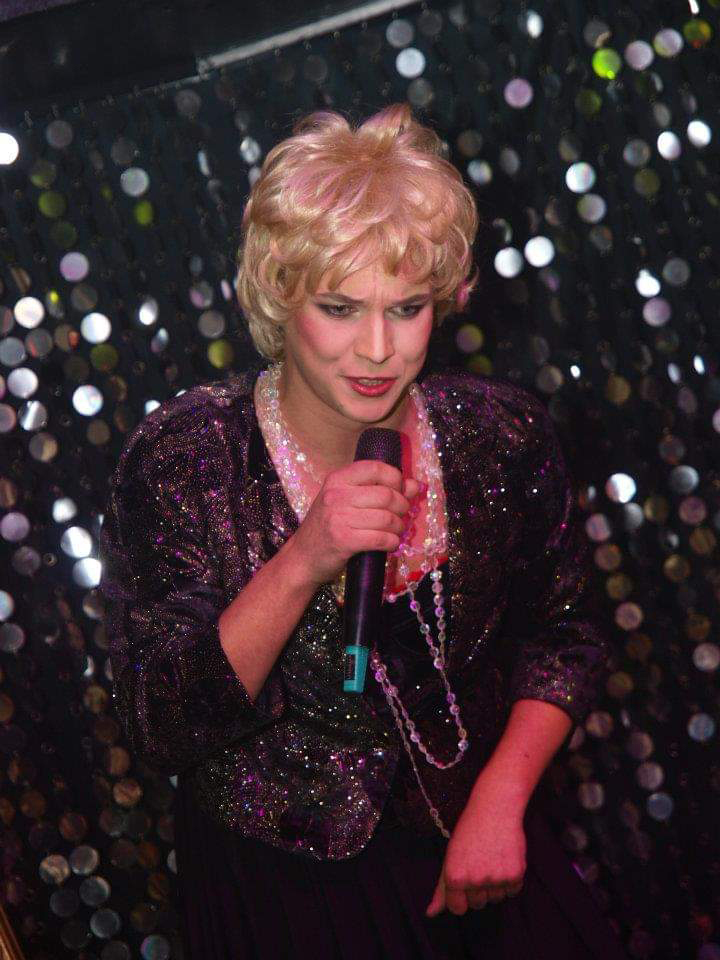
“We were bedroom queens for a long time and then the lockdowns happened,” says Vilita, whose outfits usually feature an unusual piece of headwear or gem-embossed gloves.Seeing RuPaul’s Drag Race rank within Estonia’s top 10 Netflix shows during that period was “groundbreaking” she says, explaining that 10 years ago most Estonians didn’t even know what drag was. Now, even those outside the LGBTQ+ community watch the show, she adds.
RuPaul’s Drag Race has offered a platform for the normalisation of drag, believes Räästas: “People have educated themselves about homosexuality, transsexuality.” Drag has also infused other areas of pop culture, with its icons being seen in music videos like Little Mix’s ‘Confetti’ in 2020 and Pabllo Vittar’s Coca-Cola campaign back in 2018, as well as blockbuster movies — see Shangela and Willam alongside Lady Gaga in A Star Is Born. This visibility has sparked increased interest in drag globally, says Edward.
Attitudes are changing
Although same-sex sexual activity was legalised in Estonia in 1992, Pride parades throughout the 00s were marred with violence. It was so bad that Tallinn Pride — essentially a march — did not take place for a decade between 2007 and 2017. A 2002 survey by the Danish Institute for Human Rights about LGBTQ discrimination in Estonia found that 12 per cent of LGB respondents had been the victim of one or more violent attacks related to their sexual orientation, and 28 per cent had been harassed.
“No one talked openly about their gayness,” says Räästas, who faced “drunken name-calling in nightclubs” when he came out on an Estonian reality show called Baar in 2004.
“People weren’t as open-minded,” says Nordika. “They’re not very open-minded now but it’s getting better.”
This change is reflected in the country’s politics, explains Alvar Ameljushenko, co-founder and organiser of Tallinn Bearty, an NGO dedicated to raising awareness of LGBTQ+ issues of equality and acceptance. The country’s far-right populist party — the Conservative People’s Party of Estonia, otherwise known as EKRE — was in the last government coalition, but Ameljushenko believes people got tired of their agenda, which included opposing same-sex marriage. “That’s what I feel brought out the support for progressive views,” he says.
Last summer saw a new government take over that does not include EKRE. The Estonian Reform Party, a centre-right political party, now leads the coalition.
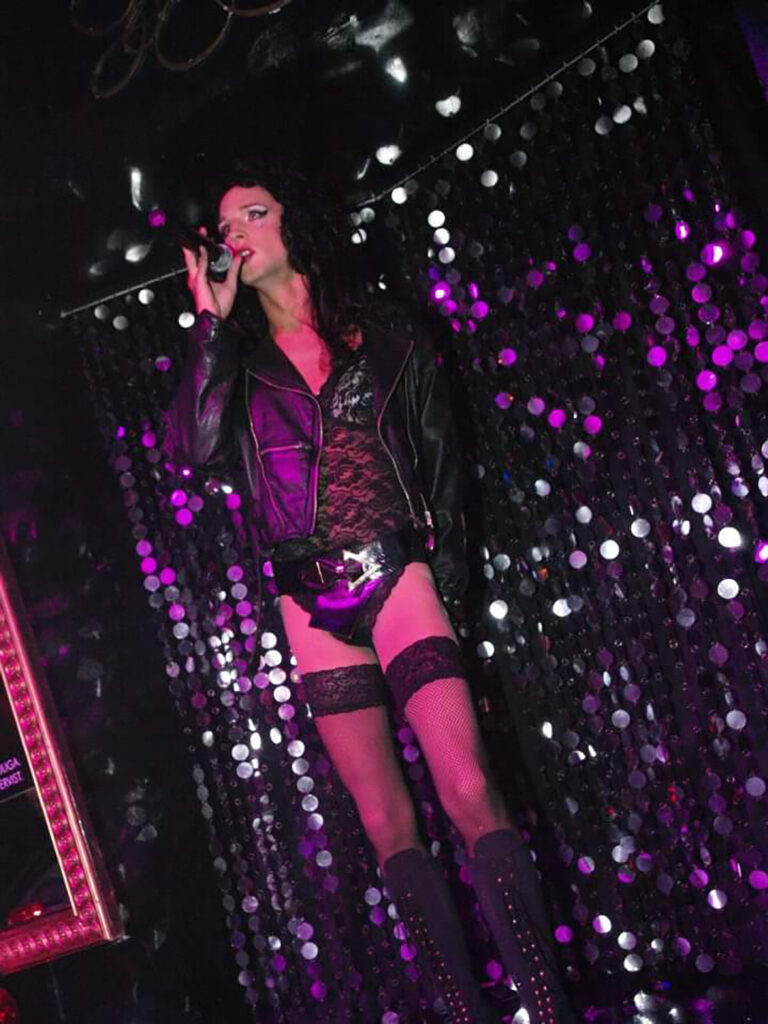
Elsewhere, a 2021 report by the Estonian Human Rights Centre called ‘Attitudes towards LGBT topics’ shows a steady increase in acceptance of same-sex attraction even compared to two years previously. However, it remains at just 53 per cent of the Estonian population. Only 47 per cent believe same-sex partners should have the right to marry — something which remains illegal in the country — but 64 per cent support same-sex partners having the opportunity to officially register their partnership via the Registered Partnership Act, which came into force in 2016.
The younger generation are naturally more open, Ameljushenko asserts: “They don’t have the particular need or wish to fight against stale, conservative views on the world.”
Similarly, Räästas thinks this makes doing drag — something Vilita describes as yet another “coming out” — potentially easier.
Yet Estonia still has a way to go: after Nordika and Vilita’s first show in 2020, a group of men shouted abuse at them in the street, but that, they say, was a one-off and doesn’t put them off performing. “I would love to have this as my full-time job. It took me so long to find something in this life I truly love doing,” says Vilita.
Two years on, they are among a handful of other queens getting paid to appear in nightclubs and at private events across the country. Posing in faux-fur coats in a Tallinn train station, strutting into an Estonian TV studio in neon tulle dresses, or clad in cobalt-blue bodysuits firing fake money out of baby-pink guns for an influencer event — these are just some of the striking images that make up their Instagram pages — have almost become a regular day’s work for Nordika and Vilita.
As well as social changes altering how people view the LGBTQ community, Mel — a Tallinn-based drag performer who prefers not to disclose their full name for fear of discrimination — believes that the art form can also foster more tolerant attitudes. “There is a slow and steady [increase in] acceptance, and I think drag, and the arts in general, help with that,” says the 26-year-old. “I’m a trans nonbinary person doing drag and showing proudly who I am.”
“People come after our shows to talk and tell personal stories… Maybe they feel ‘This is a safe person'”
– Nordika
For them, becoming a drag king was a “total accident” when an event they were involved in organising, Queer Planet, needed new performers. “I tried drag at that party and [it] looked like I was good at it so I kept going… It was exhilarating.” Their real start, they say, came when the Baltic Drag King Collective was born in 2019. Its mission is to build a more inclusive society throughout Latvia, Lithuania and Estonia while “renegotiating the traditional understanding of masculinity and expanding safe spaces via drag, education and debate”.
Following the pandemic, Mel began performing regularly as Major Danger, and has since performed across Estonia as well as in Finland and Latvia. “At the beginning, it was something I was doing for fun and then I quite liked doing it, so it became like a part-time job,” they say.
Here, just like in other scenes, there’s a general lack of visibility of drag kings, says Edward. But in Estonia they are seeing a gradual increase in popularity.
“It’s Estonia, it’s still quite small, but for sure there has been more visibility than there was a few years ago,” says Mel. “When I started, there weren’t a lot of shows or people doing drag and being visible and taking up space, but in a few years I’ve seen more people doing drag and more events popping up, platforming people who do drag.” They put that down to the few who enter the space inspiring others. “For me that was the Baltic Drag King Collective, which came in and taught me skills,” Mel adds.
Being one of just a few can put pressure on drag kings and queens to become potential role models, to lead the way for upcoming generations. “In some ways we probably represent the community in Estonia,” says Vilita, adding that this carries extra responsibility.
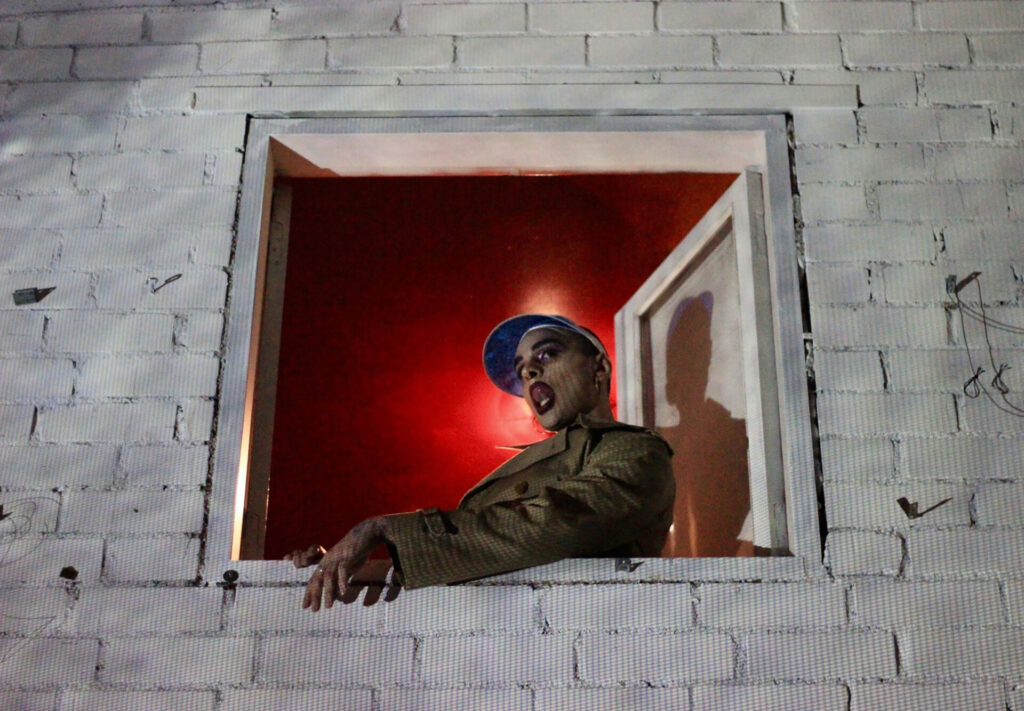
“A lot of people come after our shows to talk and tell personal stories… Maybe they feel ‘This is a safe person,’” adds Nordika, recounting an Instagram message she received from an individual who said that the duo had influenced their decision to reveal their trans identity to their family.
Although the Tallinn community of consistent drag performers may be small at around 10 artists, Köster believes the drag scene will only get bigger. “It’s so new here that it’s pretty big, but it’s going to grow and grow for years.” This, he says, will allow the quality of artists and performances to improve.
As that happens, Edward encourages Tallinn and Estonia’s drag artists to be their authentic selves and to embrace that while also creating a community. “It’s how you build an inclusive community where you eventually start to evolve the broader people, which will help to make changes, help people to accept, understand and embrace. That’s the kind of thing you should be doing as you build up the drag community and network,” he says.
Edward adds that these days people can learn the skills online, which is especially important if they don’t feel they have a physical safe space in which to learn or do drag. “Think how you can engage with people on different levels… And if you’re ruffling feathers — or feather boas in this case — you’re doing something right. Look over your shoulder pad and keep at it.”
